For anyone stepping into a gym—whether you’re a beginner or seasoned lifter—weight machines offer a powerful, structured, and effective way to build muscle, improve strength, and stay injury-free. Compared to free weights, gym machines provide more control and stability, making them ideal for focused resistance training. In this guide, we’ll explore the most common weight machines at the gym, what muscle groups they target, and how to use them effectively.
Why Choose Weight Machines?
While free weights allow for more functional movement patterns, weight machines at the gym have distinct advantages:
-
Safety for beginners: Machines guide your movement, reducing the risk of improper form.
-
Muscle isolation: Great for targeting specific muscle groups.
-
Progressive overload: Easy to adjust weights for consistent gains.
-
Support for recovery: Useful when you're rehabbing an injury or easing back into training.
Whether your goal is muscle tone, strength, or rehabilitation, lifting machines at the gym can help you get there with confidence.
Essential Gym Weight Machines and Their Benefits
Let’s break down the most popular weight machines gym-goers use and what they’re best for.
1. Leg Press Machine
If you’re looking to develop lower body strength, the leg press is a must. It targets your quadriceps, hamstrings, and glutes while minimizing strain on your lower back—a great alternative to barbell squats.
-
Benefits: Builds leg strength without needing balance.
-
Tip: Don’t lock your knees at the top to avoid joint stress.
2. Chest Press Machine
The chest press mimics a bench press but in a more controlled setting. It works the pectorals, triceps, and deltoids and is often adjustable to accommodate different body sizes.
-
Perfect for: Building upper body strength with lower risk than free weights.
-
Variation: Incline and decline chest press options for different muscle focus.
3. Lat Pulldown Machine
One of the most popular gym machines for pull exercises, the lat pulldown targets your back muscles, especially the latissimus dorsi.
-
Use it for: Building pull strength and improving posture.
-
Form tip: Don’t lean too far back—pull the bar to your upper chest for best activation.
4. Cable Crossover / Functional Trainer
This versatile piece allows for pulling and pushing movements, covering everything from triceps pushdowns to cable rows. It’s excellent for core engagement and muscle isolation.
-
Why it works: Adds variety, constant tension, and can mimic real-world movement patterns.
5. Seated Row Machine
The seated row is a classic pull machine at the gym that develops your upper and mid-back—great for posture and balanced muscle development.
-
Common mistakes: Don’t hunch your shoulders—keep your chest proud and drive your elbows back.
Upper vs. Lower Body: How to Structure Your Machine Workouts
To maximize the benefits of weight machines, you can split workouts by muscle groups:
Upper Body Machines
-
Chest Press
-
Shoulder Press
-
Lat Pulldown
-
Seated Row
-
Bicep Curl
-
Triceps Extension
Lower Body Machines
-
Leg Press
-
Leg Curl
-
Leg Extension
-
Glute Kickback
-
Calf Raise
A typical full-body workout using lifting machines at the gym might include 1–2 machines per body part, 3 sets each, with 10–15 reps per set.
Lifting Machines Gym Safety Tips
-
Warm up first: Light cardio or dynamic stretches get your muscles ready.
-
Adjust machines properly: Make sure the seat height and range of motion fit your body.
-
Use controlled movements: Avoid jerking motions or rushing reps.
-
Start light, then progress: Better to master form than to overload early.
These tips are crucial whether you're using weight machines at the gym for rehab, general fitness, or strength building.
Are Machines Better Than Free Weights?
It’s not a matter of either/or—it’s about the right tool for the job.
-
Use machines to learn movement patterns and isolate muscles.
-
Use free weights to improve balance, coordination, and functional strength.
-
Combine both for a well-rounded training program.
For beginners and those focused on specific goals, gym machines offer clarity, structure, and a lower learning curve.
Final Thoughts: Are Weight Machines Right for You?
If you’re just starting out, recovering from an injury, or want to target specific muscle groups with precision, weight machines in the gym are a game-changer. From pull machines like the lat pulldown to powerful leg press systems and multi-function cable trainers, these machines make strength training more accessible and effective.
And the best part? They’re usually easy to use, safe, and designed to help you track progress—rep by rep, plate by plate.




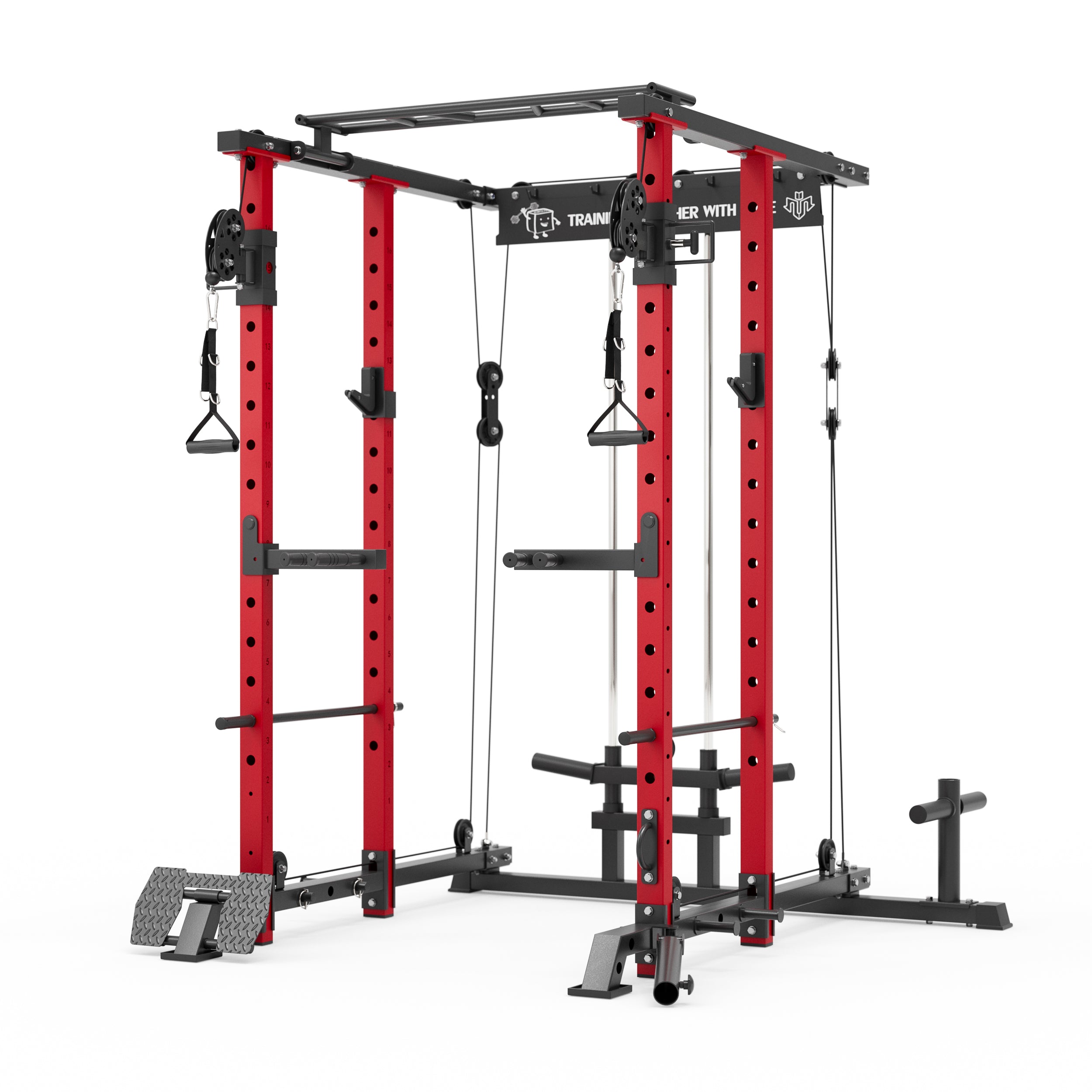


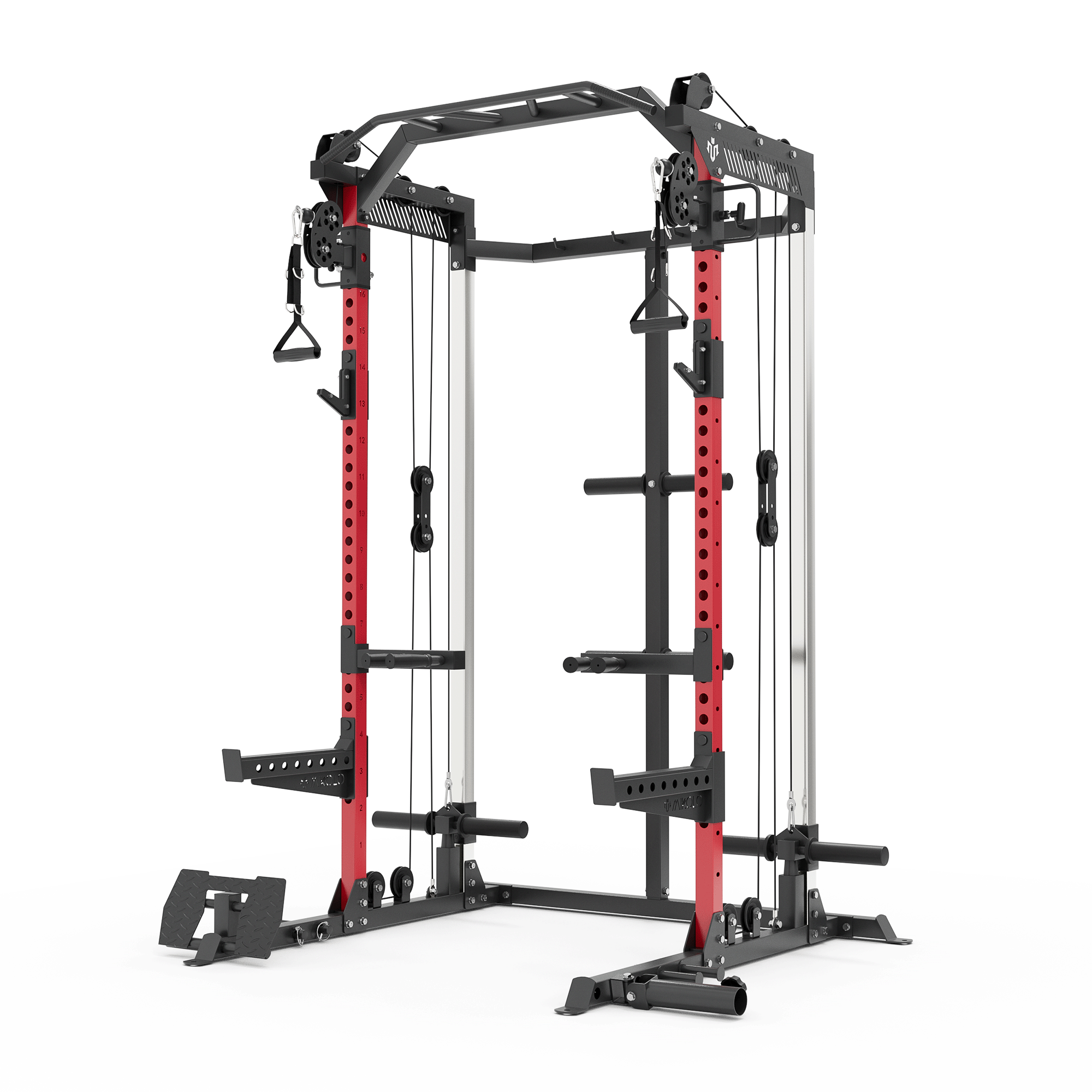



















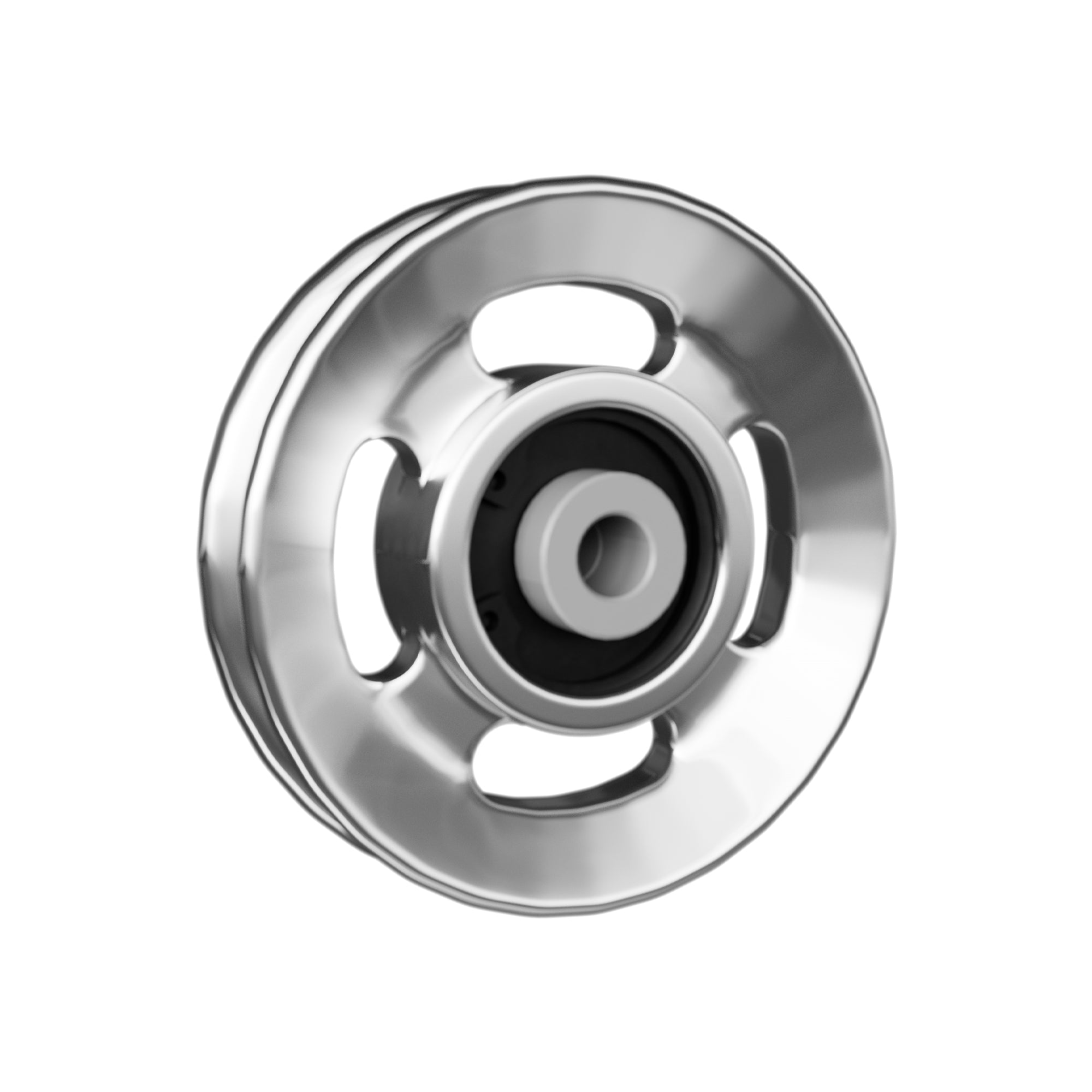



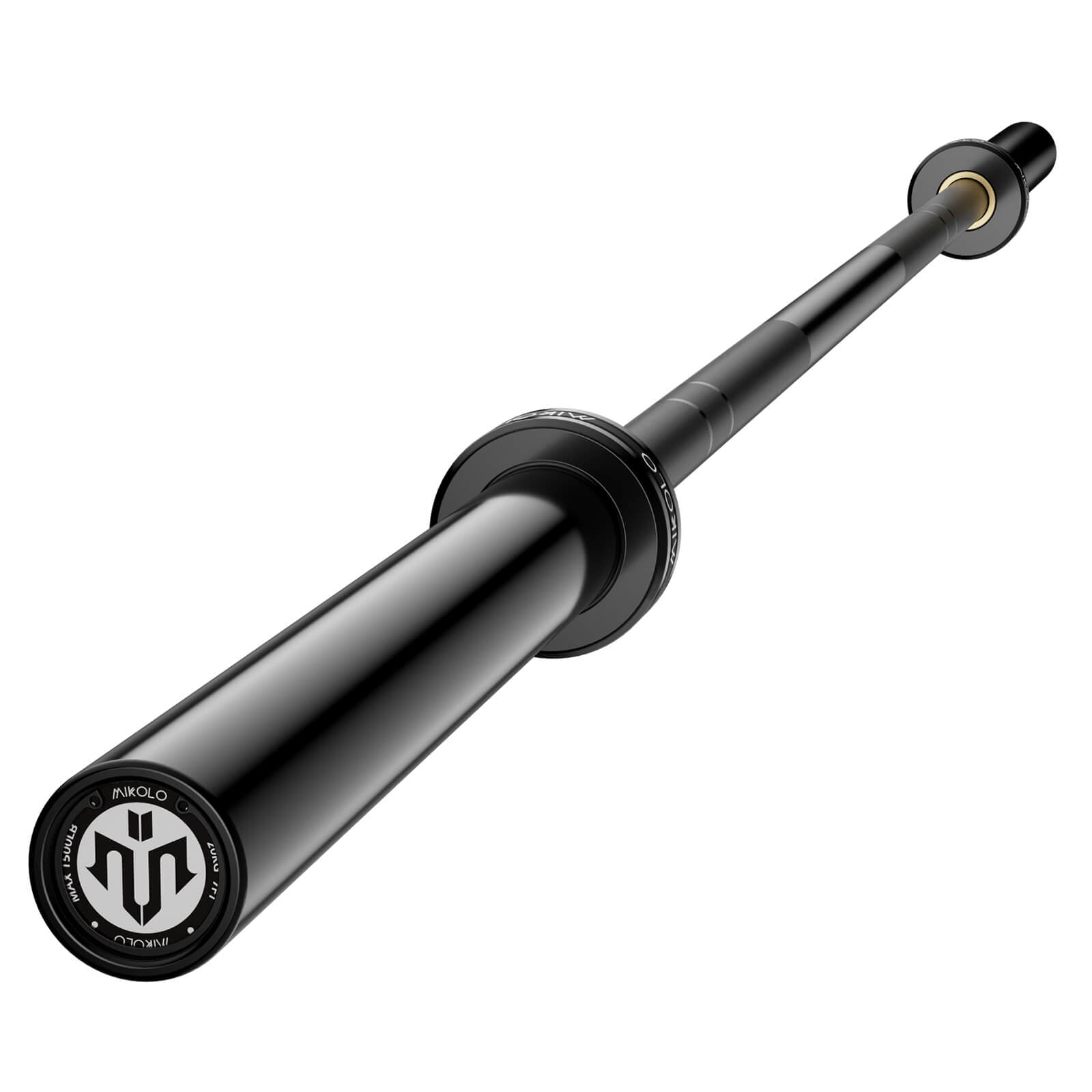
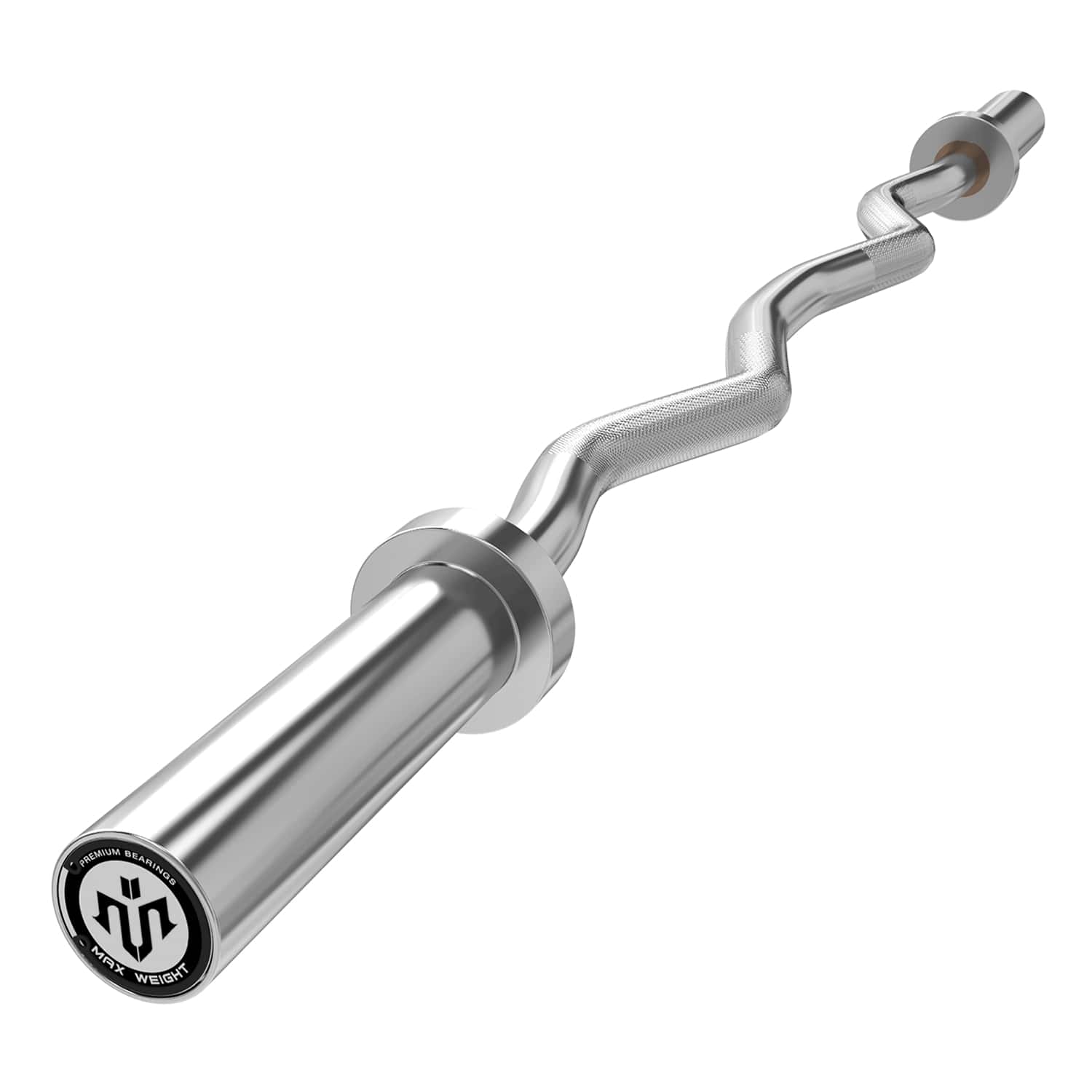







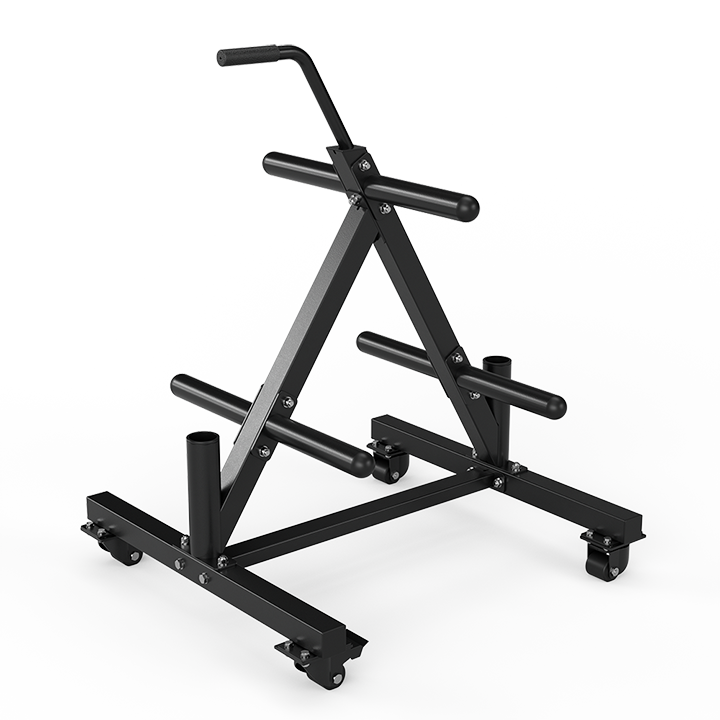





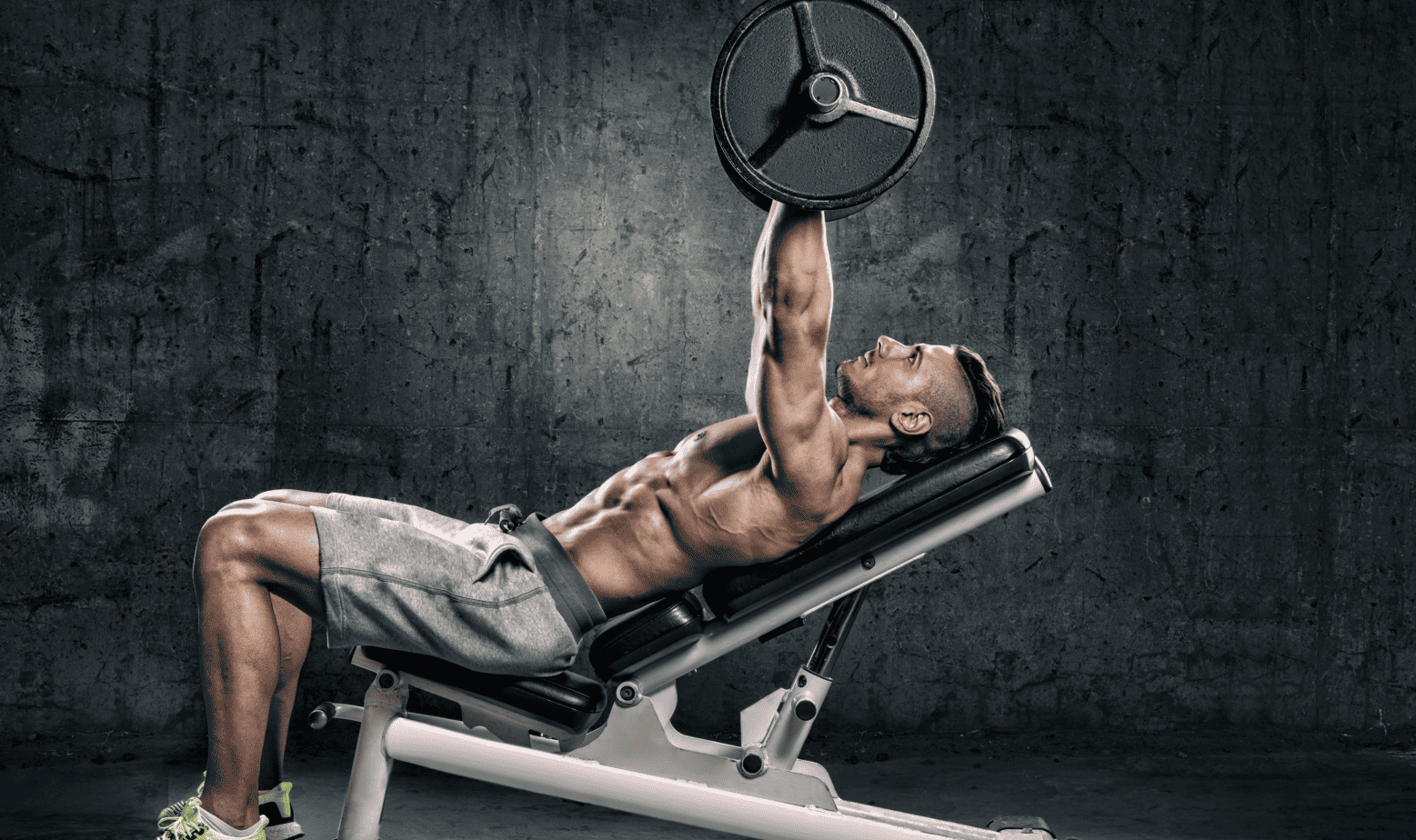
Leave a comment
This site is protected by hCaptcha and the hCaptcha Privacy Policy and Terms of Service apply.